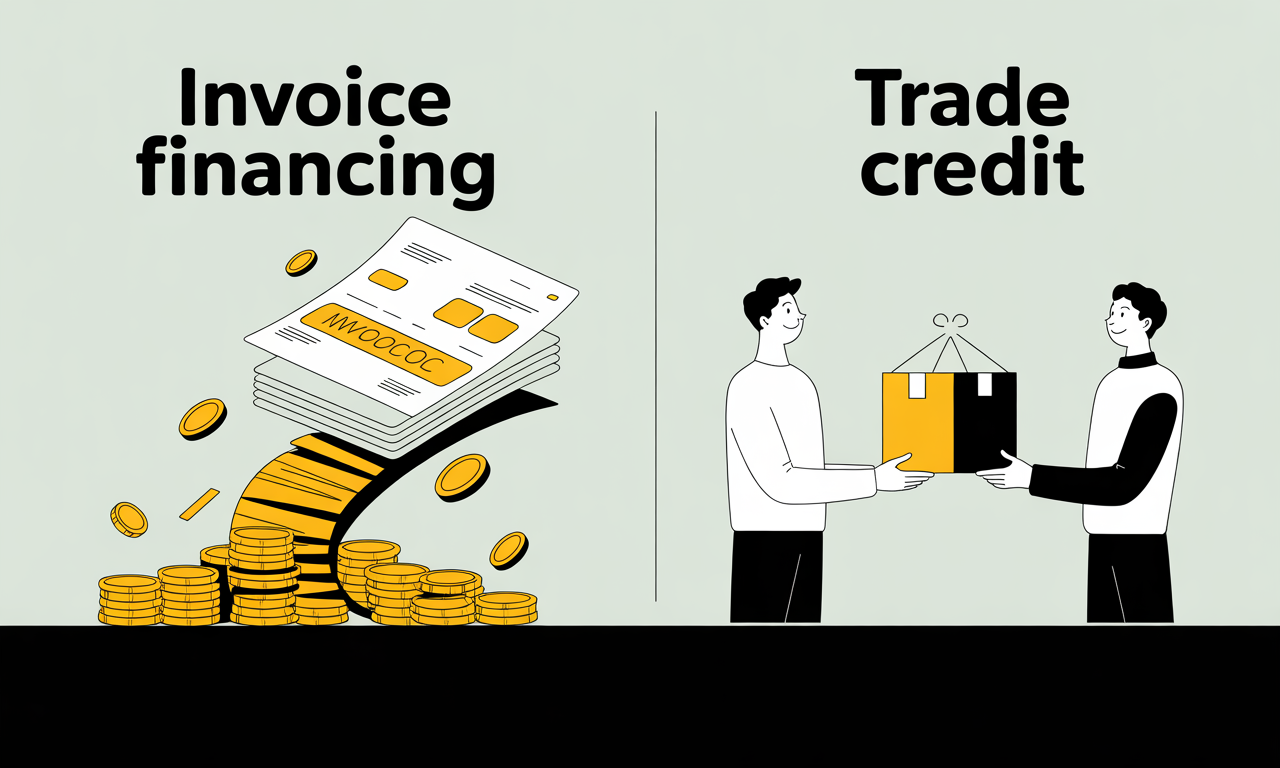
4 ways to keep your business warm during the Funding Winter
Fri Jul 08 2022
4 min read
Exceptional brands and products scale during tough times. It is not the first time markets are plummeting & entrepreneurs are riddled with questions about how to make it past this phase. Startups across stages and high-burn companies are pacing through the chilly wave of a “funding winter” where uncertainty around equity-backed funding is shaking things up.
After a 2 year long pandemic, an ongoing war and international inflation, this was likely. But the silver lining in all this is that there are proven models from previous economic downturns of how companies have thrived and with the exponential growth of new age financing tools, I am certain that rock solid businesses will survive through this phase. Having been in the entrepreneurial arena for over 17 years, I have been privy to the hiccups businesses might face due to restrained access to capital. While startups continue to explore equity financing options, here are 4 other solutions that you can utilise to make the best out of an unfavourable market climate for your business.
- Leverage a combination of traditional and alternate funding options
No capital comes free and in a funding winter where valuations will be driven lower, you need not undertake hefty dilution. Smart businesses always utilise a combination of different financing pools. The key is always to plan for equity and debt instead of equity or debt. The need to maintain a healthy ratio of debt and equity in your business is greater than ever.
Debt financing providers in India are now curating funding plans for a variety of use cases which has enabled thousands of Indian entrepreneurs to scale their businesses in a founder-friendly manner.
Some funding alternatives to support startups in tackling their operational hiccups would be:
- Revenue Based Financing for startups (across all stages) to fund their expansion plans or manage their working capital through monthly revenues
- Venture Debt for startups that have raised equity in the past to boost its cash reserves and extend runway
- Supply Chain Financing and Invoice Discounting to help merchants manage inventory & supplier costs
- B2B Buy Now Pay Later for SMEs tackling credit cycle gaps or to finance their purchases on B2B marketplaces
- Asset Financing/Leasing for fast-growing asset/capex heavy startups to help them with operational assets or store roll-outs
Ultimately, a company’s own profit is the best form of funding. If a company is not making profits and burning costs, then combining revenue and flexible debt should be looked at to reduce the risk of burning equity.
2. War-time strategy: Better planning and tighter execution is the recipe for victory
Ben Horowitz in his book, The Hard Thing About Hard Things speaks about peace-time and war-time strategies. While all narratives point towards cutting costs and extending runway, you still have to take prudent decisions about what you need to keep running and building towards.
If your runway is more than 6 months, this might be the perfect time to align the bandwidth of your team & resources towards priority tasks. Good planning is under-rated but it aligns teams in a resource-constrained environment.
Here is a prioritisation checklist which works for products, features, and for team restaffings. Any task that ticks off the majority of items can be deemed a “priority”.
- It helps you increase your revenue pipeline
- It improves the RoI (Return on Investment) with a good RoTI (Return on Time Invested)
- It is an alternative to a costly 3rd party solution
- It helps you and your team save considerable time which can be dedicated to priority tasks
- It helps you reduce your service turnaround time, hence translating into higher conversions/revenue
- It helps your brand gain credibility at a minimum cost
3. Leverage strategic partnerships to keep Customer Acquisition Cost (CAC) to a minimum
Netflix, before it became the global giant for online content streaming, set the market benchmark for how crucial partnerships can be for a business in the time of a market downturn. Back in 2008, Netflix introduced its new product (the streaming service), as a response to dying video rental stores. Then, between 2008 and 2009, the company continued to work on partnerships with brands like Nintendo & Xbox so people could stream content through these devices. It was these innovations that allowed the company to continue to grow during the economic downturn. In fact, they were increasing memberships and subscriptions during the 2008 recession while other companies were struggling to maintain revenue.
Instead of burning cash on attracting a million eyeballs to your brand with a low conversion percentage, it is better to build partnerships that can convert users/consumers with high intent. Your strategic partners become force multipliers as they give you streamlined channels to acquire, retain, and monetise consumers at a reduced CAC.
4. Keep elevating your customer experience to get more revenue
While this sounds counter-intuitive when you have constrained resources, nothing is better than revenue and profits generated from your own business. Pricing is an over-looked topic frequently and companies should explore if there are new ways to extract more revenue.
A great example would be Mailchimp that has been around for almost 20 years and has survived several economic uncertainties. The company weathered the economic downturn in 2001 (in fact, that's when it was founded), and the 2008 recession.
The brand was able to thrive during a recession because they changed their entire business model. They became a freemium business, and their revenue soared after that. Many customers wanted to use Mailchimp during an economic crisis because it was free. By adjusting to the times and offering a free product, the brand was able to grow and they've maintained that business model ever since.
Companies excel through any downturn by looking for new opportunities, expanding into new markets, adjusting their offers, developing new products, and giving consumers a cost-efficient alternative. Innovation and creativity would always help you succeed in this economic downturn.
The fate of the markets for the remainder of 2022 and beyond is yet to be seen. Unfortunately, some businesses will go through hubris-driven rinse-repeat cycles of mass team additions and mass layoffs. While the winter is here, and it will only get colder, know that spring will also come. Surviving these cycles drives teams to build great products and great companies.








